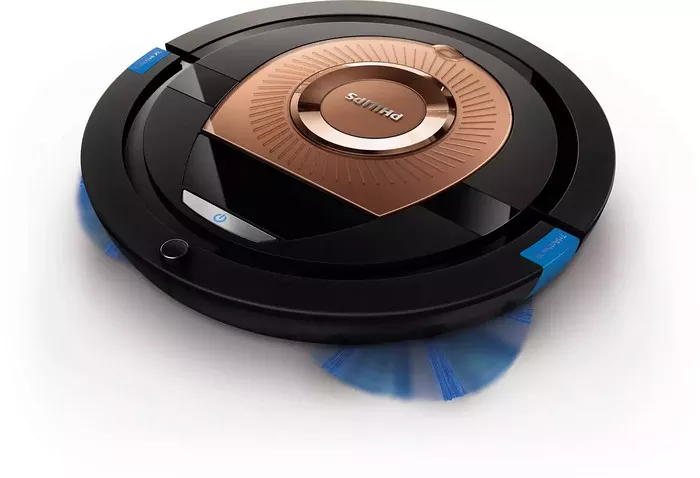Vacuum cleaners are indispensable tools in maintaining cleanliness and hygiene in homes and workplaces. One of the critical factors to consider when purchasing a vacuum cleaner is its suction power. Suction power determines the effectiveness of a vacuum cleaner in picking up dirt, debris, and allergens from various surfaces. However, finding the right balance of suction power can be challenging, as it depends on several factors such as the type of flooring, the frequency of use, and personal preferences. In this guide, we will delve into the intricacies of suction power, helping you make an informed decision when selecting a vacuum cleaner.
Understanding Suction Power
Suction power, measured in air watts (AW) or cubic feet per minute (CFM), refers to the strength of the airflow created by the vacuum motor. It determines the vacuum cleaner’s ability to lift dirt and debris from surfaces into the dustbin or bag. Higher suction power does not always translate to better cleaning performance, as other factors such as airflow efficiency and brush agitation also play crucial roles.
Factors Influencing Suction Power
Several factors influence the ideal suction power for a vacuum cleaner:
1. Flooring Type: Different flooring types require varying levels of suction power. Carpeted floors generally require higher suction power to lift embedded dirt and pet hair effectively, whereas hard floors like hardwood or tile surfaces may require less suction power to avoid scattering debris.
2. Filtration System: A vacuum cleaner with a robust filtration system can maintain consistent suction power by preventing clogs and maintaining airflow. HEPA filters are particularly effective in trapping fine particles, making them ideal for allergy sufferers.
3. Motor Efficiency: The efficiency of the vacuum cleaner’s motor determines how effectively it converts electrical energy into suction power. High-efficiency motors can provide adequate suction power while consuming less energy, resulting in lower operating costs.
4. Hose and Wand Design: The design of the hose and wand can affect airflow and suction power. Optimal design features smooth airflow pathways and minimal obstructions to maximize suction efficiency.
5. Bag or Bin Capacity: A vacuum cleaner with a larger dustbin or bag capacity can maintain suction power for longer periods without needing to empty or replace the bag, ensuring consistent cleaning performance.
Finding the Right Balance
When selecting a vacuum cleaner, it is essential to strike a balance between suction power and other features to meet your cleaning needs effectively. Here are some considerations:
1. Power Versus Maneuverability: While high suction power is desirable for deep cleaning, excessively powerful vacuum cleaners may be challenging to maneuver, especially in tight spaces or on delicate surfaces.
2. Noise Level: Higher suction power often correlates with increased noise levels. Consider the noise output of the vacuum cleaner, especially if you have young children, pets, or sensitive ears.
3. Energy Efficiency: Opt for a vacuum cleaner with an Energy Star rating or high-efficiency motor to minimize electricity consumption without compromising cleaning performance.
4. Customizable Settings: Some vacuum cleaners offer adjustable suction settings, allowing you to tailor the suction power to different cleaning tasks and surface types.
Conclusion
Selecting the optimal suction power for your vacuum cleaner requires careful consideration of various factors, including flooring type, filtration system, motor efficiency, hose and wand design, and dustbin capacity. By understanding these factors and striking a balance between suction power and other features, you can choose a vacuum cleaner that meets your cleaning needs effectively while maximizing energy efficiency and maneuverability.
FAQs
Q1: Is higher suction power always better for cleaning?
A1: Not necessarily. While higher suction power is beneficial for deep cleaning, excessively powerful vacuum cleaners may be challenging to maneuver, especially on delicate surfaces. It’s essential to consider factors such as flooring type and filtration system to ensure effective cleaning without causing damage.
Q2: How can I maintain consistent suction power in my vacuum cleaner?
A2: To maintain consistent suction power, regularly clean or replace filters, empty dustbins or replace bags when full, and check for obstructions in the hose and wand. Additionally, follow the manufacturer’s recommendations for maintenance and avoid overloading the vacuum cleaner.
Q3: Can I adjust the suction power of my vacuum cleaner?
A3: Many modern vacuum cleaners offer adjustable suction settings, allowing users to customize the suction power according to their cleaning needs and surface types. Check the user manual or product specifications to determine if your vacuum cleaner has this feature and how to utilize it effectively.


